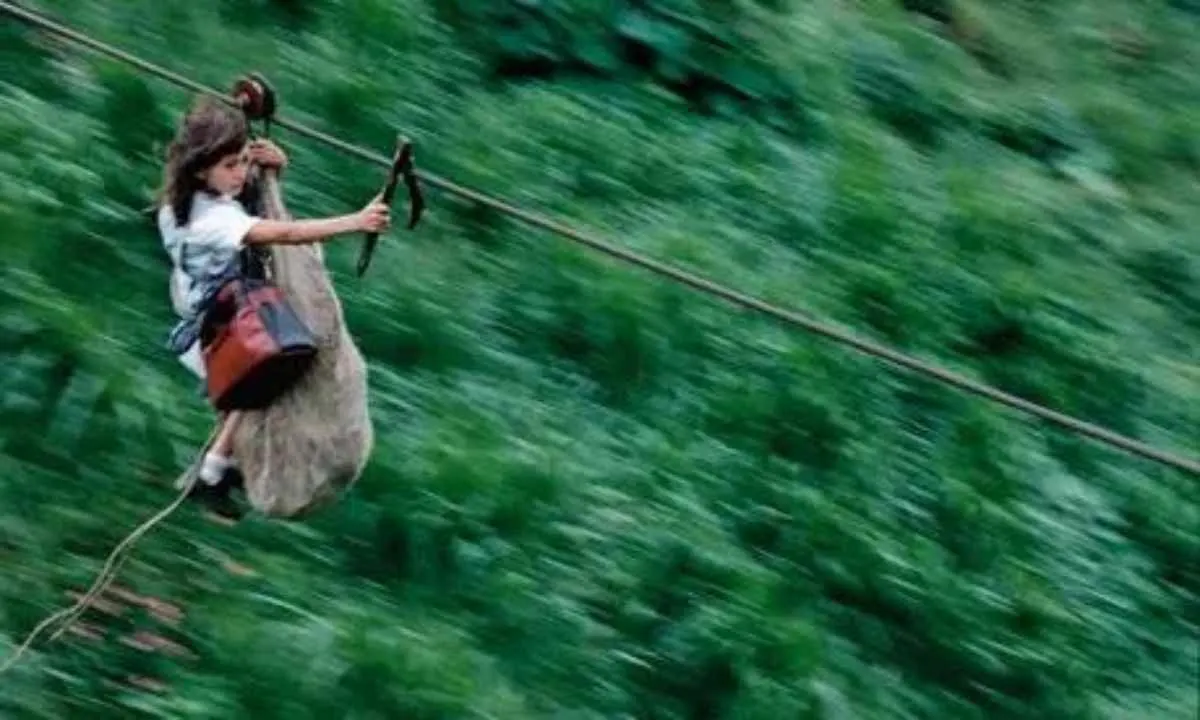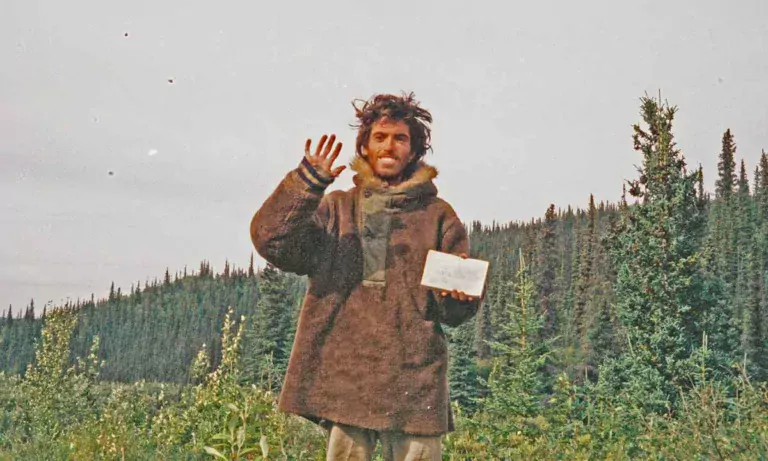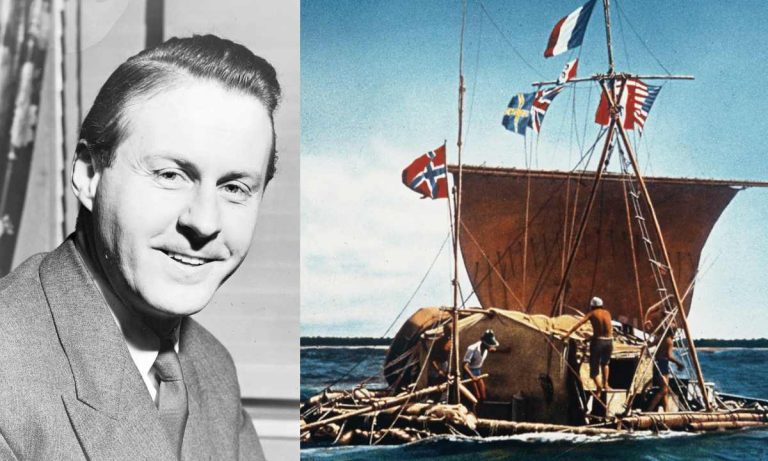People In This Town Travel With Groceries & Kids On A Zip Line | They Travel Over A Canyon That Is 1000 Feet High!
Acacias in the Meta region of Colombia is a town where the simplicity of rural life is defined by an extraordinary mode of transportation. Imagine taking a daily travel over a canyon while hanging from a cable! People in this small town travel across the treetops in a Zipline with groceries bundled up, and even children tagging along. This is no adrenaline-fueled adventure tour but rather a way of life for the locals. These Zip wires or cables are high above the Rio Negro at over 1300 feet and stretch across the landscape for an incredible half-mile. With this, they reduce travel times from hours to mere seconds, making it an essential part of daily existence.
The stunning landscape of the Meta region in Colombia frames this gravity-defying commute. The travel through this zipline is a remarkable story of human invention and determination. Let’s have a closer look at what the locals go through traveling back and forth from these cables.
The Zip Line Commute: A Daily Flight Over the Treetops
In the heart of Colombia, in a town immersed in dense greenery is the Rio Negro canyon. The zip line runs across 1000 feet high. It stands as a symbol of daily life and the adventurous spirit of its locals. Villagers are not afraid of the dizzying heights. They have been using these makeshift zip lines for decades. The Zip wire system contains two fixed cables, one for each direction. A makeshift harness and a crotch are used for direction. Surprisingly, the pulley system goes at a speed of roughly 40mph. They also use a wooden triangle fitted with metal to apply as a break.
The journey on the zip line is as practical as it is sensational. Travelers to these towns carry groceries, small animals, and even children in backpacks. If the people decide to walk the distance across, it takes from 2 to 3 hours for the whole trek. But, the Zipline covers a distance of approximately 800 meters in just 30 seconds.

Imagine young children like the ‘niños del cable’ from Los Pinos village, who have been at the forefront of calls for safer educational access. Despite the risks, the zip line remains in use, a piece of living history and an essential aspect of community resilience.
The push for removing the cables has been going on for some time. However, the cables remain stretching across the skies. In 2015, geopolitical factors came into play when the mayor of Guayabetal revealed that the continuation of the cables was due to their use by local militia groups, thereby complicating efforts to remove them. The armed groups use the cables to transport weapons and soldiers. Attempts to remove the cables appear to have fallen to the wayside and they are still in place as of 2021. Around 400 people use them regularly, to get from their homes to the towns.


Conclusion
The zip lines of Colombia’s town present a stark image of life’s complexities and the unconventional solutions that arise in response. Over a thousand feet high, these cables are a lifeline for local inhabitants. They facilitate an astonishing passage of goods, school children, and daily hopes across a natural chasm. This narrative is wrapped in bravery and necessity. It offers a glimpse into the indomitable human spirit that continues to soar, literally, in the pursuit of education, livelihood, and connection.
Also read,







